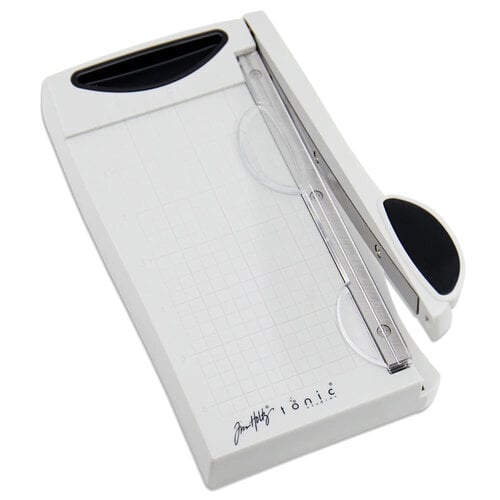Talus
pan sin sal
I always inadvertently nip one frame with scissors. Interested in a better solution.

A safe bet--I've been using the same pair of scissors for at least the last 20 years for this over a lightbox and they still work perfectly.I cut my first roll of film with the mini-guillotine cutter.
It's fast and not fussy to use like some other options.
IMO less handling means less chance of scratching.
I expect the large blade will stay sharp a long time.
Chris
A safe bet--I've been using the same pair of scissors for at least the last 20 years for this over a lightbox and they still work perfectly.
this is almost word for word a repeat of a thread i saw on leica forum few months back.
I just bought a JJC cutter when I found that a strip of 120 Kentmere Pan 400 I recently developed was too wide to lay completely flat when passing through my old Matin film cutter. I didn't want to wrinkle the film more than I had with the first couple of frames so I set it aside until the new cutter arrived. It got here today and I finished cutting the strip with no issues. I really like that the JJC has its own light source. Much simpler than getting out the big Logan light box just to cut a roll of film with the Matin.I use the JJC Negative Slide Film Cutter. It has a lit panel under the cutting blade so you can see the film. It works well for both 35mm and 120 roll film. Amazon sells them.

